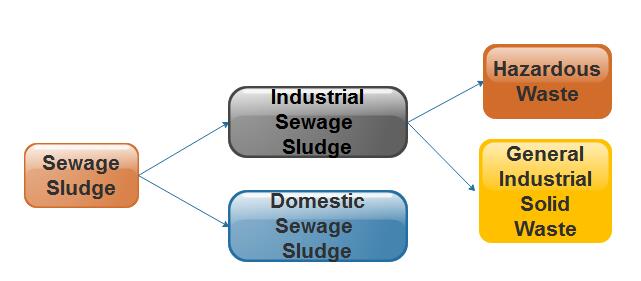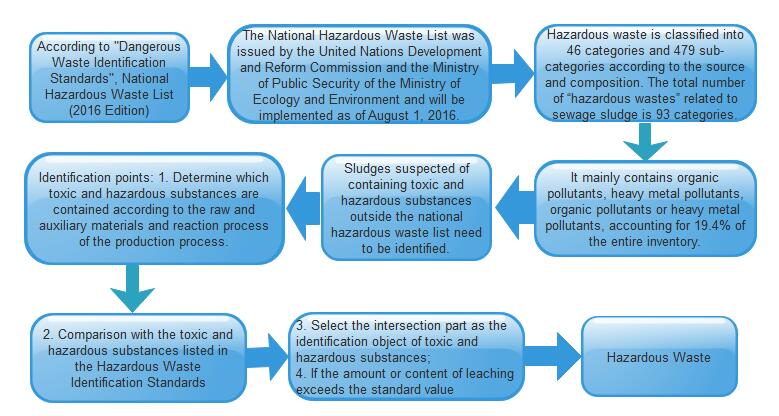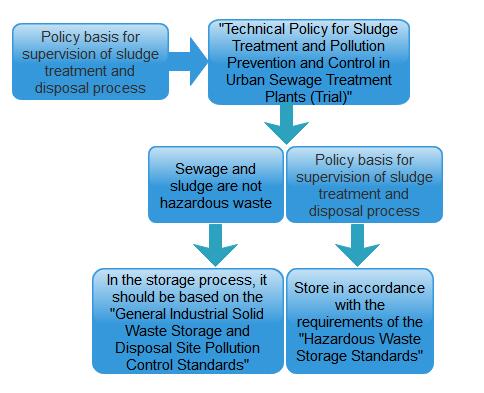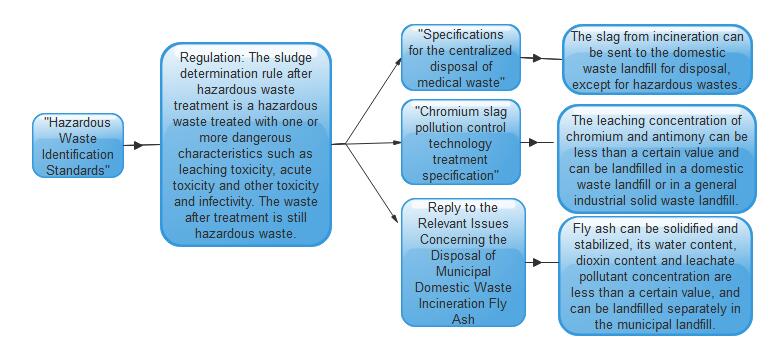Heat treatment of municipal solid waste incineration ash is a promising technology, which can not only fix heavy metals, but also reduce the volume of waste. When the conditions are well controlled, it can also produce materials suitable for further utilization, which is a cost saving treatment method. However, the high energy consumption of heat treatment method limits its use. Generally, there are two types of heat treatment: melting and sintering.
(1) Melting.
The melting method is to melt the incinerator slag at 1200 ~ 1400C, so that the organic components can be decomposed and combusted for gasification, while the inorganic components can be melted into the glass slag to form a stable glassy substance. In the melting process, the heavy metals and salts with low boiling point are collected, and the nonvolatile heavy metals react with silica and are encapsulated in the silicate network matrix structure, or are adsorbed on the aluminosilicate layer on the fused product artificial glass during leaching. After melting treatment, the slag mass and volume are greatly reduced, and high density and stable melting products are produced. Not only can the storage capacity of landfill be saved, but also the slag can be used as filling material, subgrade, concrete, asphalt and cement raw materials and other building materials. If heavy metals are further removed, the slag can be reused, such as cement, decorative tile, asphalt and paving brick. It is found that when the melting temperature is higher than 1300 ℃, the melting effect of the sample is better, and the leaching rate of Zn, Cr, Pb, Cu, CD and other heavy metals is significantly reduced. The volatile heavy metals Cd and Pb are collected in the form of gas. Z, Cr and Ni are dissolved in the slag.
In recent years, some new technologies have been developed in the original melting treatment technology:
1) secondary melting. Through various secondary melting processes, the incineration ash is further vitrified.
2) recrystallization of molten slag. Because the strength is not enough to limit the utilization of molten slag, some scholars have recrystallized the molten slag to make high-strength stones, which are mainly used in asphalt binder, concrete upper binder and permeable sidewalk.
3) control the nucleation and crystallization process. It is a promising technology to melt and promote controlled crystallization to form glass ceramics because it can transform complex chemical composition into useful materials with better engineering properties at relatively low cost.
(2) Sintering.
Sintering is the heat treatment of bonded particles to enhance the strength and other engineering properties of compacted particles. Sintering has been used in many aspects, such as ceramics, metals and various composite materials. Recently, it has been applied in the treatment of incineration ash to remove dioxins and stabilize heavy metals in the sintering matrix for safe disposal or recovery, as well as the application of incineration ash in building materials, subgrade aggregates, pavement bricks and other purposes.
When sintering products are used in building materials, it requires very low leaching characteristics of heavy metals and sufficient compressive strength. However, due to the volatilization of alkali chlorides during sintering, the porosity increases, and the glass phase between grains which is not fully formed will lead to the low degree of solidification and insufficient mechanical strength of compacted samples. However, the leaching rate of Cr in the sintering product is obviously increased because the water-insoluble Cr3 + is oxidized to water-soluble Cr6 + in the sintering process.
In general, sintering products are suitable for aggregate of Portland cement, asphalt concrete of subgrade, pavement brick, garden brick, high temperature mineral insulation material





